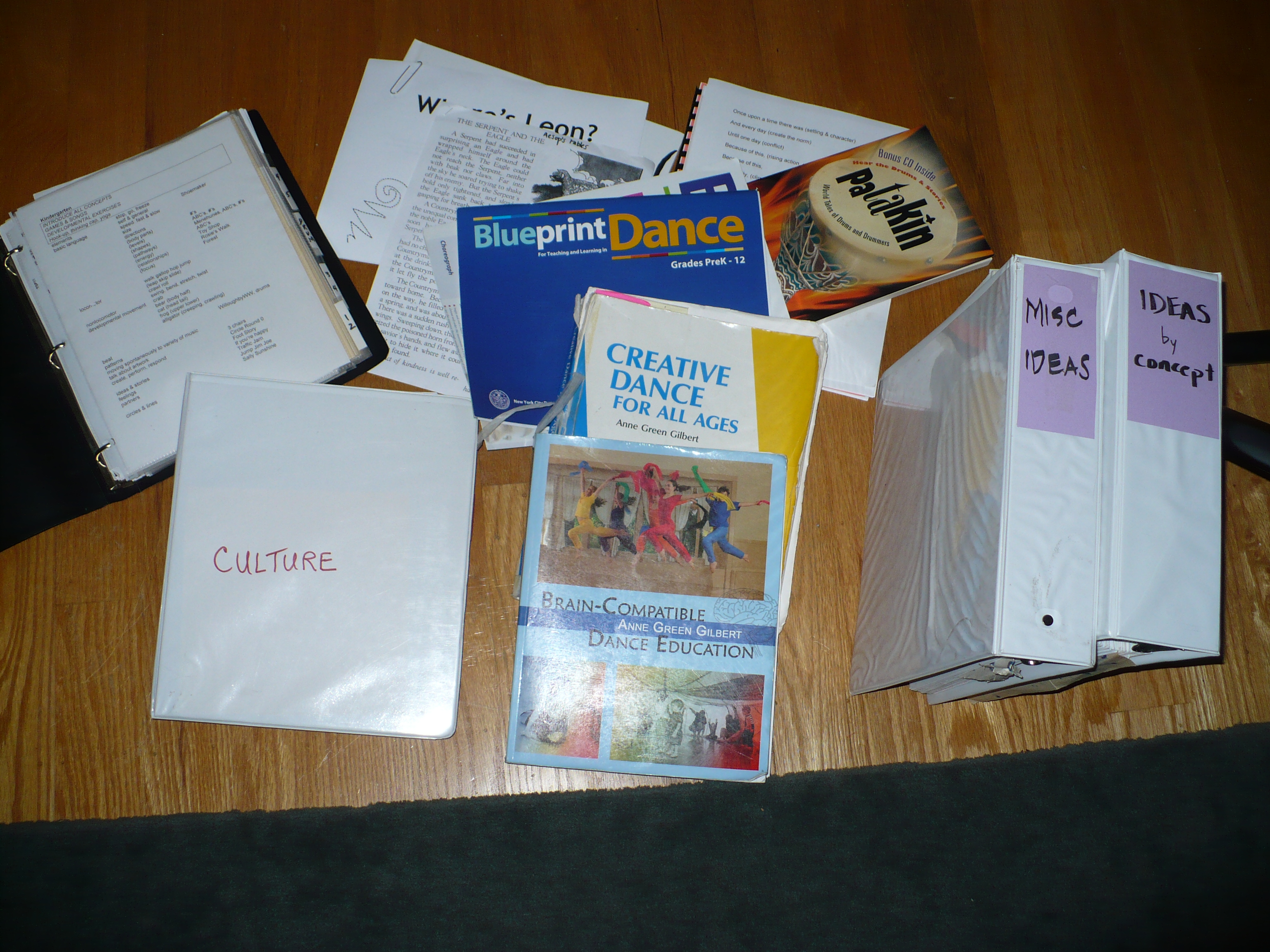I’ve had the opportunity to be thinking about time lately, both quantitatively & qualitatively — an opportunity that’s arisen from a drastic cut in the quantity of my instructional time this year. Not surprisingly, I perceive this cut to be affecting the quality of instruction.
To cut to the quick, and at the risk of sounding whiny, I have eight 30-minute classes this year instead of six 40-minute classes. Even before you consider the fact that classes often arrive late, thus cutting instructional time even further, there’s a vast different between what you can accomplish in 30 vs. 40 minutes. In either case (30 or 40 minutes), there’s a certain amount of warming up, physically & mentally, that has to happen — an introduction to the day’s lesson & the guided instruction. In a shortened amount of time, what gets left on the cutting room floor is the independent work — the admittedly messy, inefficient & often time-consuming part of the lesson where students engage & have time to be creative. But wait, wasn’t that the most important part?! The part where I quit teaching, and students do the learning?
Back to my ruminations on time…
In dance as in all activities, quantity of time can be measured — in counts, meter, minutes, duration. But in dance & movement (as in all activities again I suppose), the quality of time — a person’s attitude toward time, as revealed in the movement — is far more important.
Let’s look at Time Qualities as delineated by Rudolf Laban. Described by Valerie Preston, one of his interpreters, in A Handbook for Modern Educational Dance (MacDonald & Evans, 1977), the Time Qualities are as follows:
“A sudden movement can be described as “urgent,” “sharp,” “staccato,” “excited,” “instantaneous.” It can be felt as an immediate discharge of energy or as a decisive arrival at a new place. The sudden quality can continue after the body has arrived and is experienced as a feeling of urgency.
“Continuous suddenness appears as shivering, fluttering or vibrating and is an invigorating quality, but an exhausting one if continued over too long a period.
“A sustained movement can be described as “slow,” “smooth,” “legato,” “prolonged,” “lingering.” It can be felt as a gradual change from one situation to another or as an unhurried departure. The whole being indulges in time, extending this experience to the pause after motion has ceased.”
Thus, the mover’s attitude toward time is expressed naturally in movement. Imagine the difference in your own movement in these 2 situations:
- On the day of a crucial early meeting, your eyes fly open to the sudden realization that your alarm failed — and you might still make it if you leave the house within minutes.
- Alternately, waking on an unscheduled Saturday morning when the sun shines lazily through your blinds, you stretch & roll over, beginning to think of coffee & the morning paper.
We’re not just talking about fast vs. slow. The perception that one’s time is short leads to a sense of rush & urgency — which is possibly invigorating, but likely to be exhausting if continued. The perception that one has enough — plenty — of time makes a person unhurried, even indulgent. The difference is frantic vs. relaxed.
So what does this have to do with education? …we can teach & learn quickly, but we’re not at our best when frantic & pressured. The Writers Workshop, which I spent a week studying for inspiration in late August, asks for sustained periods of writing time for children — in order to improve learning. So the hurry of 30 minutes per class is at complete odds with the goal of providing students with time for sustained creative work.
Knowing all this, but stuck with my schedule, I’m left with trying to create an unhurried feeling of sustained learning within a brief modicum of time. So far, I haven’t been able to quell my own feeling of urgency, but perhaps it’ll come…








